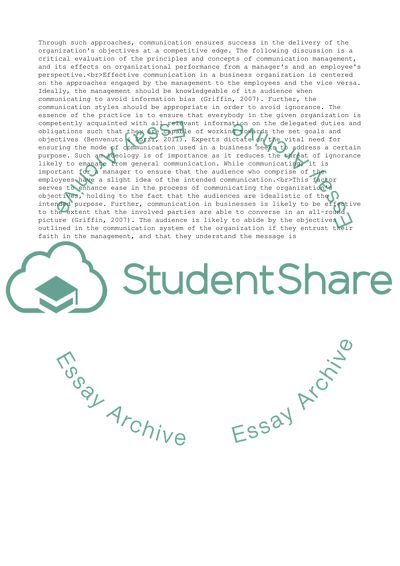Cite this document
(Principles of Management Communications Research Paper, n.d.)
Principles of Management Communications Research Paper. https://studentshare.org/human-resources/1812141-principles-of-management-communications
Principles of Management Communications Research Paper. https://studentshare.org/human-resources/1812141-principles-of-management-communications
(Principles of Management Communications Research Paper)
Principles of Management Communications Research Paper. https://studentshare.org/human-resources/1812141-principles-of-management-communications.
Principles of Management Communications Research Paper. https://studentshare.org/human-resources/1812141-principles-of-management-communications.
“Principles of Management Communications Research Paper”. https://studentshare.org/human-resources/1812141-principles-of-management-communications.


